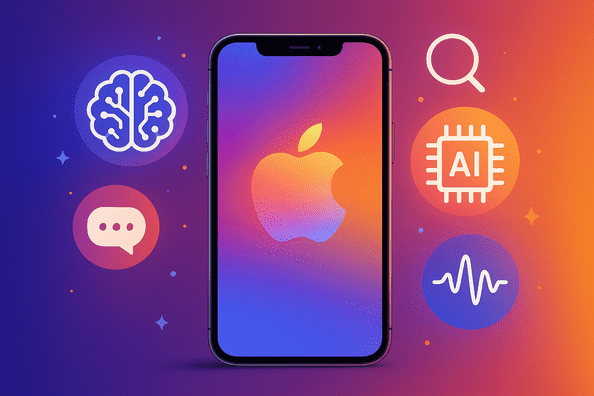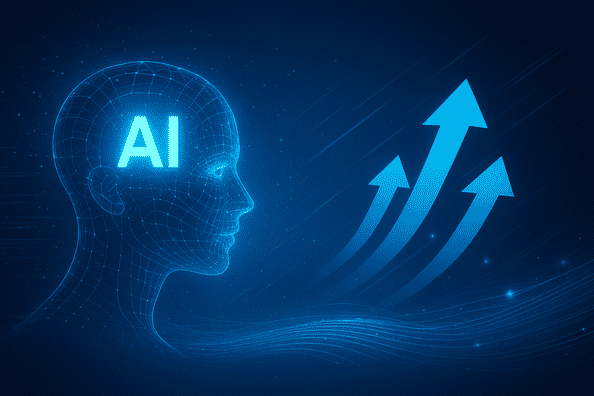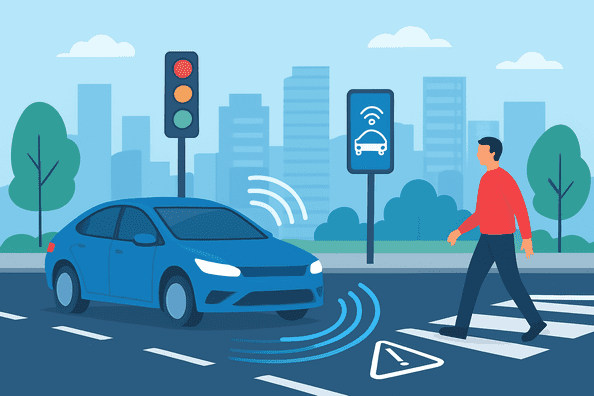Apple Intelligence is redefining how we interact with our iPhones, blending advanced machine learning with intuitive design to deliver smarter features, more personalized assistance, and deeper integration across apps and services. From on-device speech recognition and predictive text to real-time photo editing and proactive notifications, Apple is weaving AI into the fabric of iOS to anticipate users’ needs and streamline daily tasks. This shift marks a new era in smartphone experiences, where your device learns from your habits, adapts to your routines, and offers contextual insights without compromising privacy.
The Rise of On-Device Intelligence
Apple’s commitment to on-device processing sets its AI strategy apart. Rather than routing every request through cloud servers, many AI-powered features execute directly on the iPhone’s Neural Engine. This approach reduces latency, preserves battery life, and keeps sensitive data on your device. For instance, Live Text can instantly recognize and copy text from photos or camera viewfinder, even in poor lighting, because the image analysis happens locally. Similarly, the Dictation feature converts speech to text without sending recordings to Apple’s servers, ensuring that transcription is both fast and secure.
Smarter Typing with Predictive Text and QuickType
Typing on a smartphone has always been a compromise between speed and accuracy. Apple Intelligence leverages deep learning models to power the QuickType keyboard, suggesting the next word or emoji based on your writing style and the context of the conversation. Over time, the system adapts to your favorite phrases and slang, offering suggestions that feel uniquely yours. For multilingual users, language detection occurs on-device, enabling seamless transitions between languages without manual switching.
In-Camera AI: Enhanced Photos and Videos
The iPhone camera has long been lauded for its hardware prowess, but AI-driven computational photography is what truly elevates image quality. Features like Smart HDR 5 analyze multiple exposures in real time, blending them into a photo that preserves highlight detail and reduces noise. Deep Fusion, another Neural Engine–powered innovation, examines pixel-level data across several shots to optimize texture and color in medium-to-low light. When recording video, Cinematic Mode employs machine learning to track subjects, dynamically adjusting focus and depth-of-field to produce professional-looking footage. These capabilities illustrate how Apple Intelligence transforms everyday snapshots into gallery-worthy images.
Personalized Assistance with Siri Intelligence
Siri, once criticized for lagging behind other voice assistants, has undergone a renaissance thanks to Apple Intelligence. On-device language models handle common requests—like setting reminders or starting a workout—without internet access, making Siri faster and more reliable in offline scenarios. Contextual awareness now enables Siri to suggest shortcuts: it might prompt you to order your favorite coffee as you approach your local café or remind you to call a family member when you open the Phone app. These intelligence-driven suggestions appear in Siri Suggestions and Widgets, offering proactive recommendations that align with your habits.
Privacy-Centric Machine Learning
Apple Intelligence emphasizes privacy through techniques like Differential Privacy and Secure Enclave. Differential Privacy injects noise into anonymized usage statistics collected from millions of devices, allowing Apple to improve autocorrect and emoji prediction without identifying any individual. The Secure Enclave, meanwhile, isolates cryptographic operations to safeguard Face ID data and biometric keys. By keeping machine learning models updated via on-device training and federated learning, Apple ensures that enhancements can occur without compromising personal information.
Real-World Example: Live Music Recognition
Imagine hearing a captivating tune at a café but not knowing its name. With AI Music Recognition built into Control Center, you simply tap the Shazam icon; the recognition happens on-device, preserving your listening habits privately. Within seconds, the song title appears, and you can add it directly to your Apple Music library. This seamless integration of Apple Intelligence not only enriches the user experience but also demonstrates how AI features can feel like natural extensions of your device.
Productivity Amplified by AI
Apple Intelligence extends beyond photos and speech into document workflows. The Notes app now features Smart Folders that categorize notes by topic, date, or content type—thanks to on-device natural language processing. Scanned documents automatically straighten edges and enhance readability, while Live Text in Notes lets you grab phone numbers or addresses from images with a tap. In Mail, the AI-powered search prioritizes your most relevant messages and even suggests follow-up reminders for unanswered threads. These productivity enhancements save precious time, allowing users to focus on creative and strategic tasks.
Accessibility Innovations
AI-driven accessibility features illustrate Apple’s inclusive vision. VoiceOver, the screen reader for people with visual impairments, uses on-device image recognition to describe scenes, identify objects, and even recognize text within images. Background Sounds play calming audio tracks—such as ocean waves or rain—to mask environmental noise and support concentration or relaxation. Headphone Accommodations leverage computational audio to enhance soft sounds and adjust certain frequencies, tailoring audio output to an individual’s hearing profile. By harnessing Apple Intelligence, these tools empower users of all abilities to get the most from their iPhones.
Balancing Automation with Control
While AI promises convenience, there’s a risk of surrendering too much control to algorithms. Apple addresses this by providing granular settings: you can disable Siri Suggestions on the lock screen, opt out of personalized ad recommendations, or turn off on-device learning for specific apps. This balance ensures that users remain in charge of their digital experiences, choosing which AI enhancements to adopt and which to bypass.
Future Directions: From AR to Health Insights
Looking ahead, Apple Intelligence will likely play a pivotal role in augmented reality (AR) experiences. The upcoming Apple Vision Pro headset combines spatial computing with AI-driven object recognition, enabling immersive interactions with digital content anchored in the real world. On health, AI algorithms integrated into the Health app could analyze sensor data to detect irregular heart rhythms or predict potential sleep disturbances—alerting users proactively and even facilitating earlier medical intervention.
Conclusion
Apple Intelligence is more than a collection of features; it represents a thoughtful integration of AI into every layer of the iPhone experience. By prioritizing on-device processing, privacy, and user control, Apple has crafted an ecosystem where intelligence feels personal, responsive, and secure. As AI models evolve and hardware capabilities advance, your iPhone will continue to learn from your habits, anticipate your needs, and empower you with smarter, more intuitive tools. The age of Apple Intelligence is here—and it’s transforming the way we live, work, and communicate.



